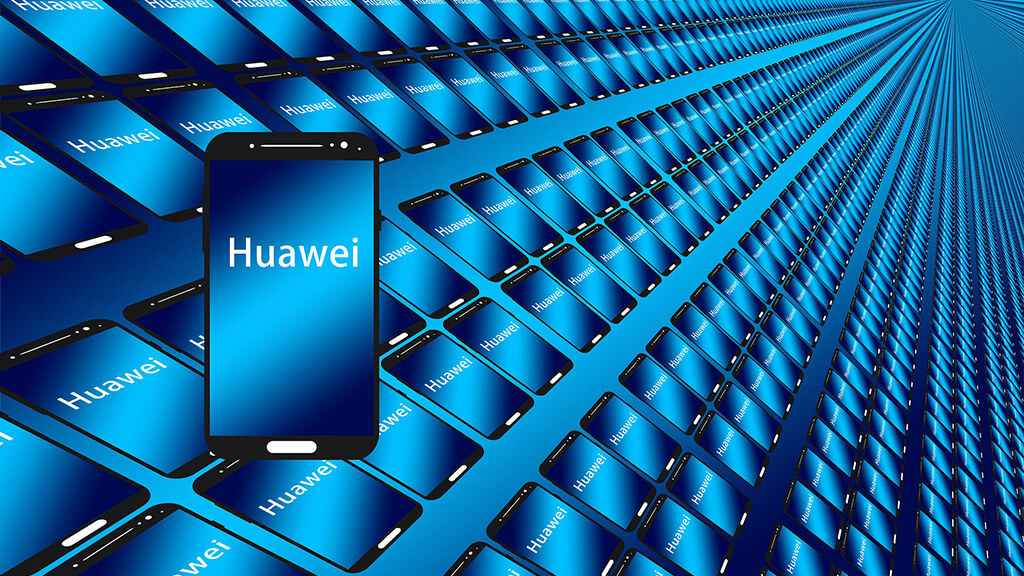East is east and West is west, and our man in the middle, businessman LEO AUSTIN — UK-based but with decades of experience in China — compares cultural attitudes to intellectual property protection
OF THE US’s three big trade war demands — intellectual property (IP) protection, market access and ending subsidies — IP is the one that is most likely to happen.
And it’s in China’s best interests to get it right.
The Chinese have always feared the middle-income trap — the risk of becoming a processing house and little more. They cite the example of Thailand, the “Detroit of Asia”, the 12th largest auto-manufacturing hub in the world. But the brands and technology are foreign-owned — and Thailand ranks a lowly 81st in GDP per capita.
China wants to access and control the heights of technology. Read the plan for Made In China 2025 — the industrialisation strategy which caused such concern, and viewed by many as a threat to global trade. China intends to massively raise domestic content in fields like IT, robotics, aerospace, maritime equipment, rail, alternative-energy vehicles, power, pharmaceuticals, and agriculture.
In 2017, the Chinese filed 1.3m patents, 6.4m trademark applications and 860,000 industrial designs. They believe in IP.
To date, China’s investment in core science hasn’t worked well enough. Analysis by the Conference Board has shown that while intangible investment in China tripled as a share of gross value added from 1995 to 2016 — the same level of investment in the US would have garnered around triple the return in output per person.
The country has been plagued by an inefficient state sector and politically directed lending. State-owned enterprises still captured 82 percent of all bank loans in 2018.
That will improve.
More than five million Chinese citizens have studied abroad, and some three million of them have returned home. According to the Chinese job site Liepin, 75 percent of all employees in the Chinese internet industry in 2017 were educated abroad. The cumulative breadth and weight of learning has now already passed the tipping point, where local groups can come together and innovate without foreign help.
In the early days, it was much more efficient to copy than to innovate. In a country where the past was poor and the future was everything, why would they do anything else? All an entrepreneur needed was the resources — and these could be found in the deep pockets of local officials and state banks. They innovated through scale — applying those resources at a rate never tried before, and achieving costs never seen before.
Then came the eCommerce revolution, and the Chinese found that the highest returns came through new business models, not through protectable IP. Models can’t be effectively defended through legal means, so China-speed competition was invented as a defensive tool.

Now China wants to invest at the top of the research chain. Once Huawei was excluded from the Android ecosystem, it boosted investment in an immense project to develop its own operating system. It expects to license it wherever it can as a direct competitor to Google. Many other Chinese companies are trying to “own” IP across their industry chains, but none of that will be worth anything if it can just be stolen and exploited by others.
Mainland China looks to the example set by Taiwan across the strait. In the 1970s and ’80s, Taiwan had huge rates of IP infringement; so much so that it was dubbed the “Pirate Kingdom” by US businesses.
It was a processing economy, famous for light industry and leather. By 1989, the US Special Trade Representative put it on the Special 301 Priority Watch List for failure to protect US intellectual property rights, and prevented its entry into GATT, the predecessor to the World Trade Organisation.
By 1996 it was off the list after enforcing IP legislation, and over the next 20 years it built a research-driven economy led by global giants like Acer, TSMC and HTC. IP Protection provided a huge boost to economic growth and a massive industrial upgrade. Taiwan would have collapsed otherwise, as its light industry moved to China in search of low wages — just as it is now moving again to Vietnam and South East Asia.
Mainland China knows this, and wants the same.
The Chinese court system can work for IP protection, but it’s still not easy. Discovery is too hard, damages have been too low. Yet there are now 18 IP tribunals around the country, and the Chinese are suing each other in record numbers.
The Shanghai IP court had completed almost 6,000 cases by mid-2018. It awarded France’s Dassault Systemes $2.2m in damages last year in a case against a Chinese rival.
There is hope yet.
* Leo Austin is a UK-based businessman who lived and worked in China for 22 years. He is now senior advisor to The Conference Board China Centre. He can be reached at [email protected]




























